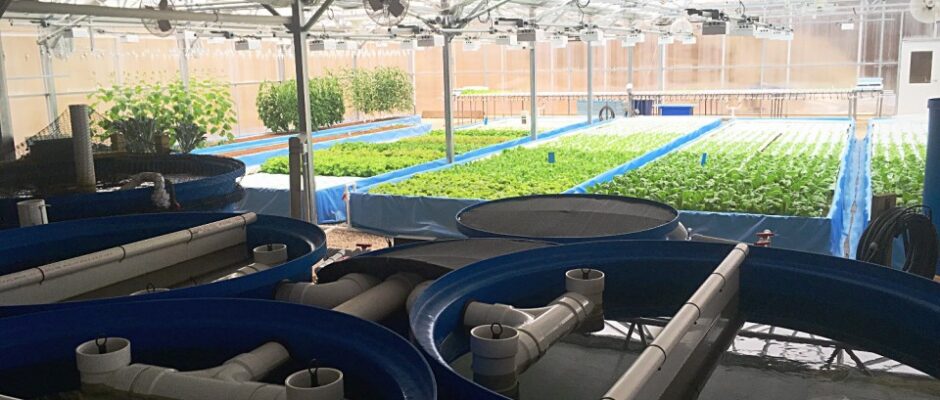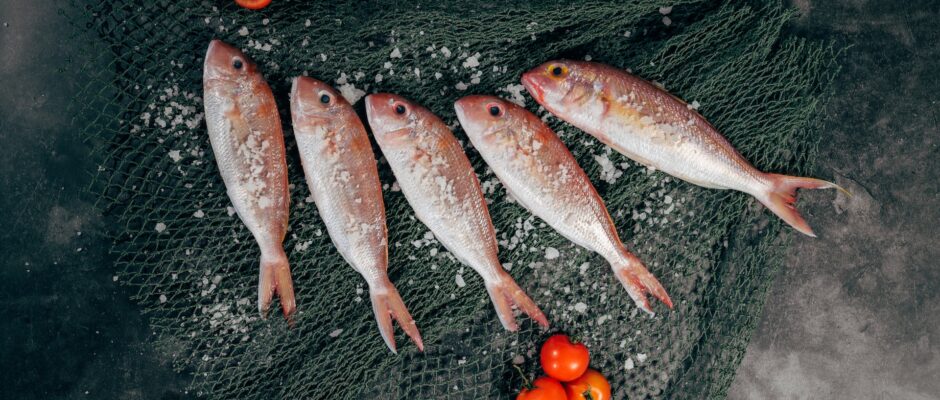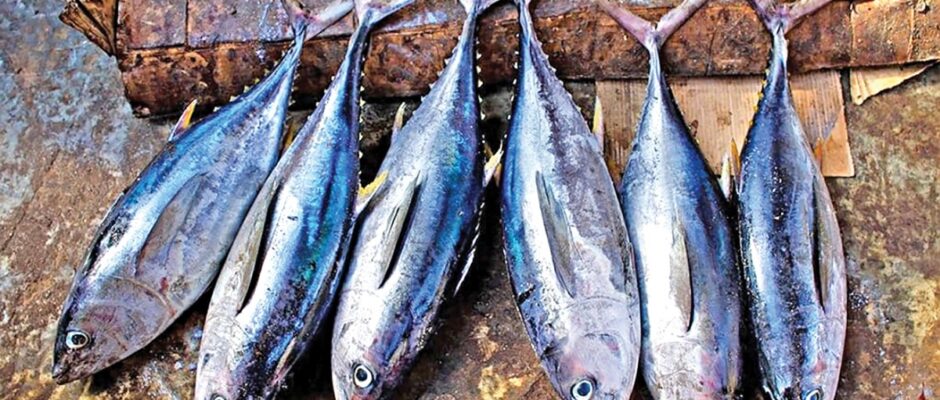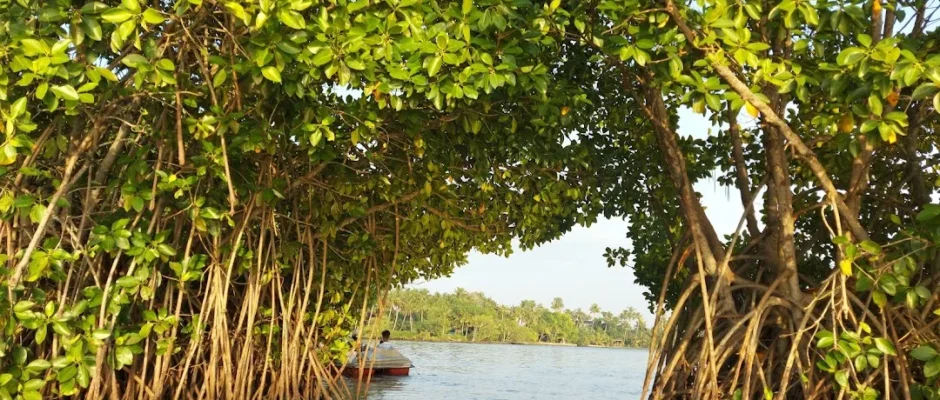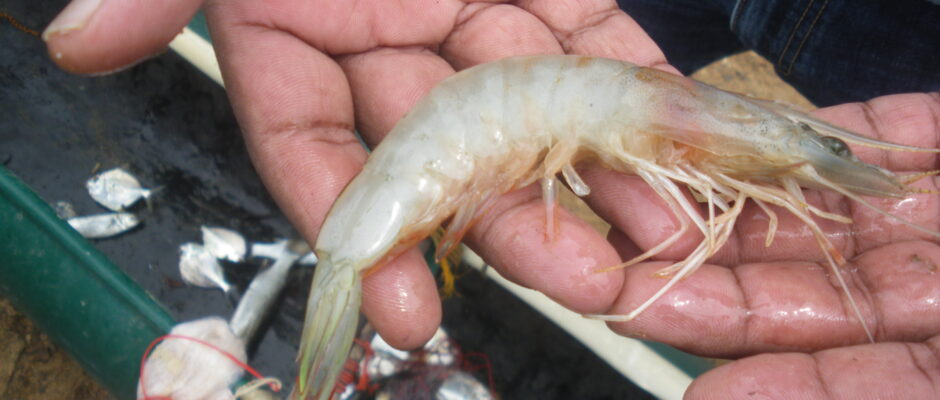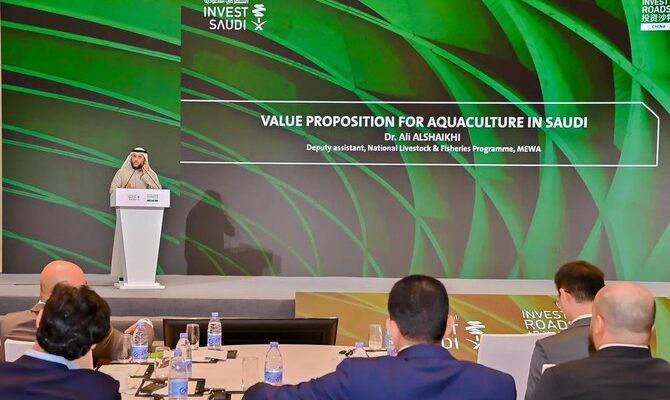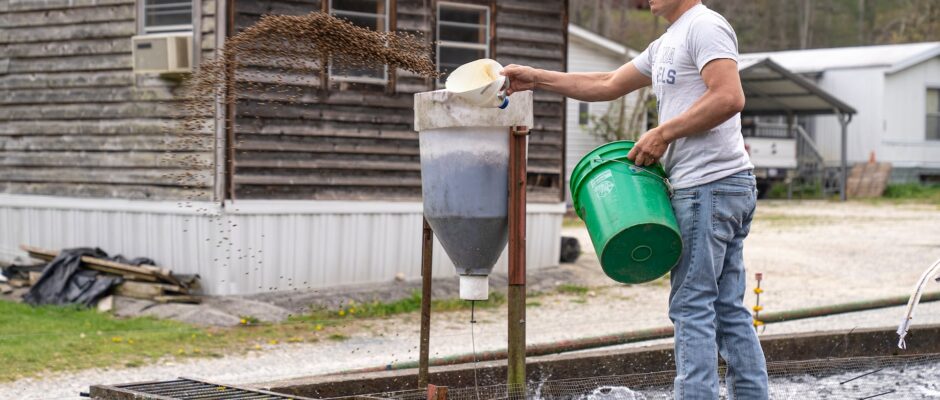Indian Seafood Giant Captain Fresh Prepares to Reel in Europe and America: Salmon Processor and Shrimp Importer Acquisitions on the Hook
Forget whale watching, the Indian seafood industry is preparing to make some serious waves of its own. Venture capital-backed Captain Fresh, a rising star in the sector, is casting its net across two continents, with potential acquisitions of a European salmon processing plant and a US shrimp importer simmering. Europe’s pristine salmon may soon find themselves under the Indian spotlight. Captain Fresh, already a disruptor in India’s domestic market, is nearing a deal to acquire a European salmon processing facility. This strategic move would propel the company into the lucrative European market, giving it direct access to high-quality salmon and a foothold in a region with a strong appetite for the fish. But Captain Fresh isn’t just looking north. Across the Atlantic, a potential deal with US shrimp importer Central Seaway Co. (CenSea) is also on the table. Securing CenSea would give Captain Fresh a significant entry point into the vast American seafood market, particularly for shrimp, a favorite among US consumers. This acquisition would not only provide access to established distribution channels but also strengthen Captain Fresh’s global supply chain. These potential acquisitions paint a picture of a company with its sights firmly set on global domination. By entering the European salmon and US shrimp markets, Captain Fresh can diversify its portfolio, secure stable supplies of key seafood products, and expand its customer base. This diversification strategy also mitigates risk, ensuring that the company’s fortunes aren’t tied to the ups and downs of a single market or species. Captain Fresh’s ambitious moves are sending ripples through the global seafood industry. Analysts praise the company’s bold strategy, highlighting its potential to transform the landscape. Some, however, caution that integrating disparate operations across continents presents logistical and cultural challenges. Regardless of the potential hurdles, Captain Fresh’s audacious plans are making headlines and shaking up the status quo. With two major acquisitions on the horizon, the Indian seafood giant is poised to become a global player, bringing a fresh perspective and new energy to the industry. It’s time to grab your popcorn and watch this exciting drama unfold, as Captain Fresh prepares to reel in Europe and America, one piscine prize at a time.




